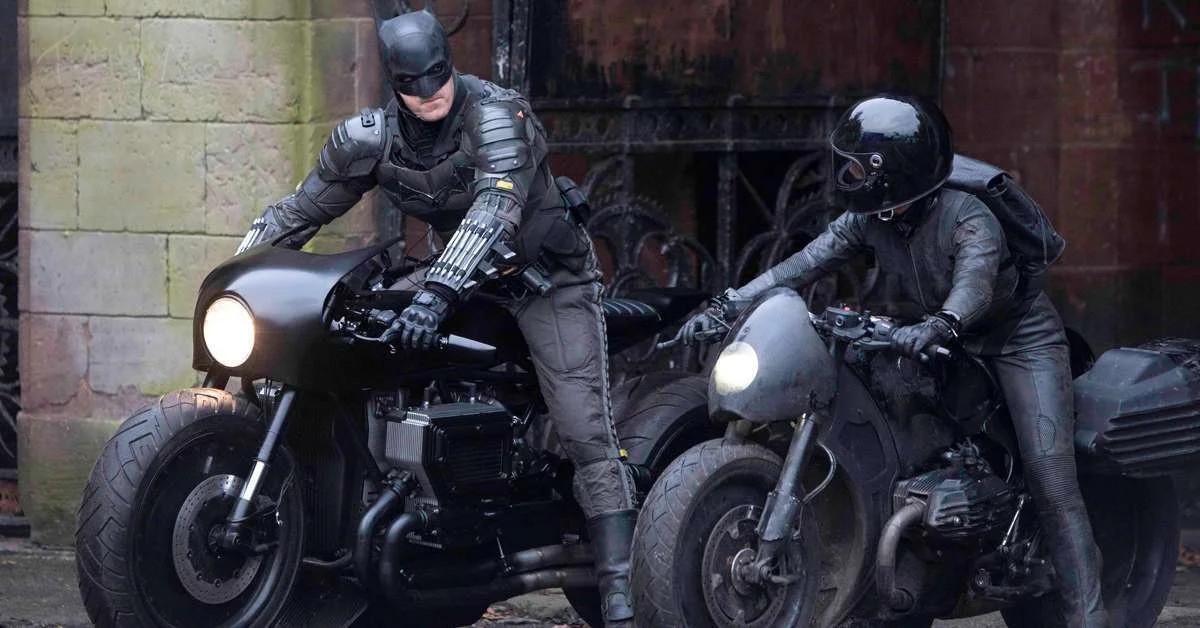The 2022 Oscars, in addition to the gripping “Will Smith beating” event, should in fact be remembered as a special commemorative segment for the 50th anniversary of the release of “The Godfather”.
When director Francis Coppola and stars Al Pacino and Robert De Niro appeared together, a storm of applause erupted from the stage – the highest tribute to the immortal masterpiece and its golden cast that may not be replicated again.
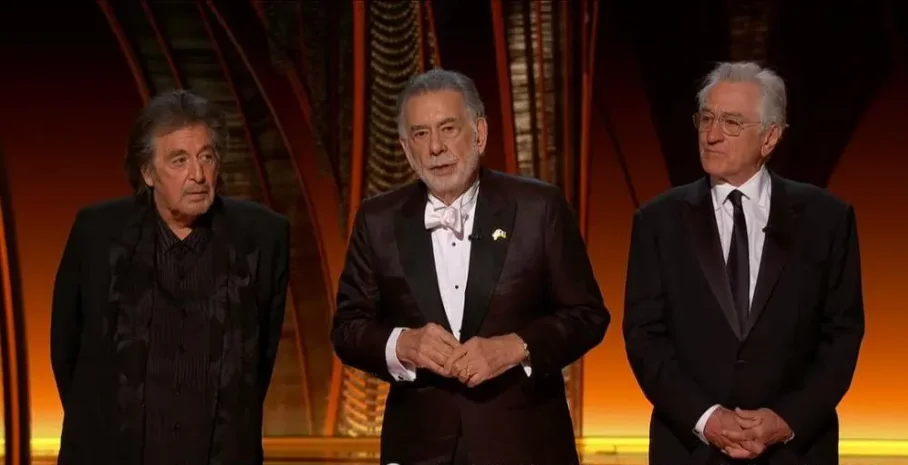
“The Godfather” series is one of the most famous gangster movies in the history of cinema, is the top of the IMDb list for decades, and is a classic that many fans can not be surpassed.
If you turn to “The New York Times” in 1969 or 1970, the original novel “The Godfather”, on which “The Godfather” is based, is also a common figure on the best-seller list.
It stayed on the list for 64 weeks, occupying the top spot alone for 21 weeks.
But in fact, before the film began shooting, not only the director Coppola, even the author of the original novel Mario Puzo himself, is not very good at this popular novel.
Before writing “The Godfather”, Puzo has always been a committed serious literary creator, he wrote a lot of things, the reputation is okay, but invariably not profitable.
His gambling addiction added to his already poor life. At the age of 45, he had to start writing something that publishers and readers “liked”.
Being of Italian descent, Puzo had heard a lot of Mafia stories, and he did a lot of research on them, especially anecdotes about the five families of the American Mafia.
The main character Corleone father and son on the reference to a number of leading members of the five families. For example, the old godfather Vito Corleone is logical, rational, and diplomatic characteristics from the head of the Costello family, Frank Costello.
The latter was also assassinated in a power struggle and, like Vito, survived death. Similar to Vito, who held a meeting of the five families to seek reconciliation after the murder of his eldest son Sonny, Frank also “laughed off” the murder with the mastermind afterwards.
Even afterwards, Costello, like Vito, immersed himself in his small garden and eventually died of a heart attack at the age of 82.
Among the Mafiosos of that era, he had a long life and a good death.
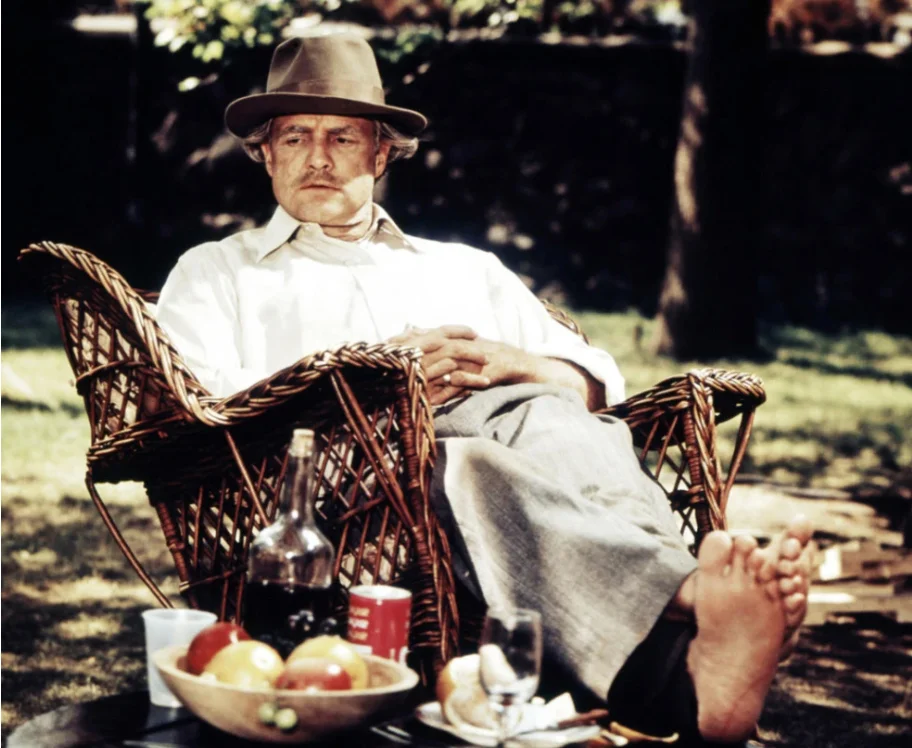
The Corleone family’s olive oil business came from the Colombo family, another of the Five Families, who started their business in olive oil.
Vito’s gentle character is a reference to Carlo Gambino, who is completely different from the stereotype of gangster tyranny, but speaks slowly and carefully and almost never flips out.
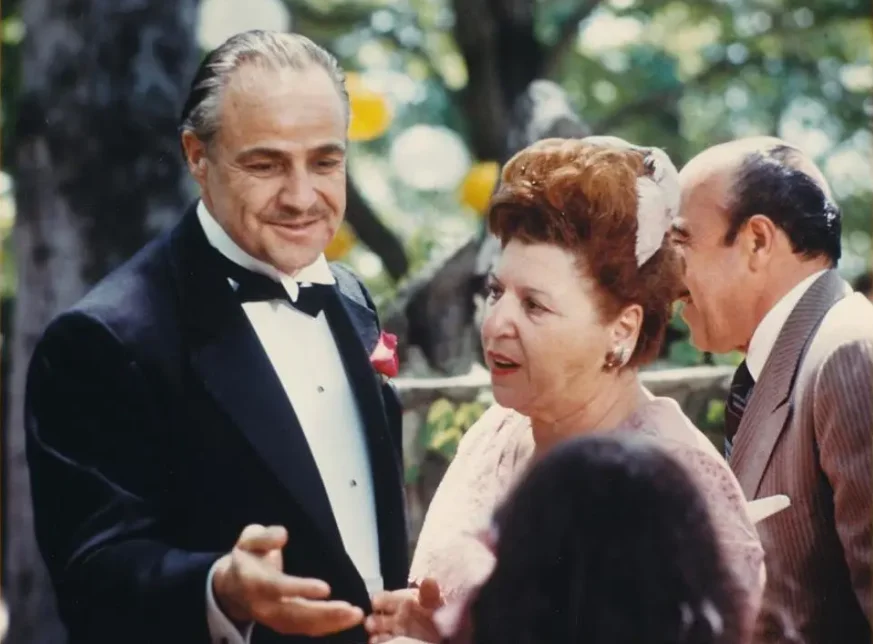
The most important prototype of the second generation godfather Michael Currie Ang is Salvatore Bonanno, whose father originally sent him to college, hoping that his son would not be involved in the family business, Salvatore studied law.
But in the end, he did not graduate and joined the Mafia, working as a consultant for his father.
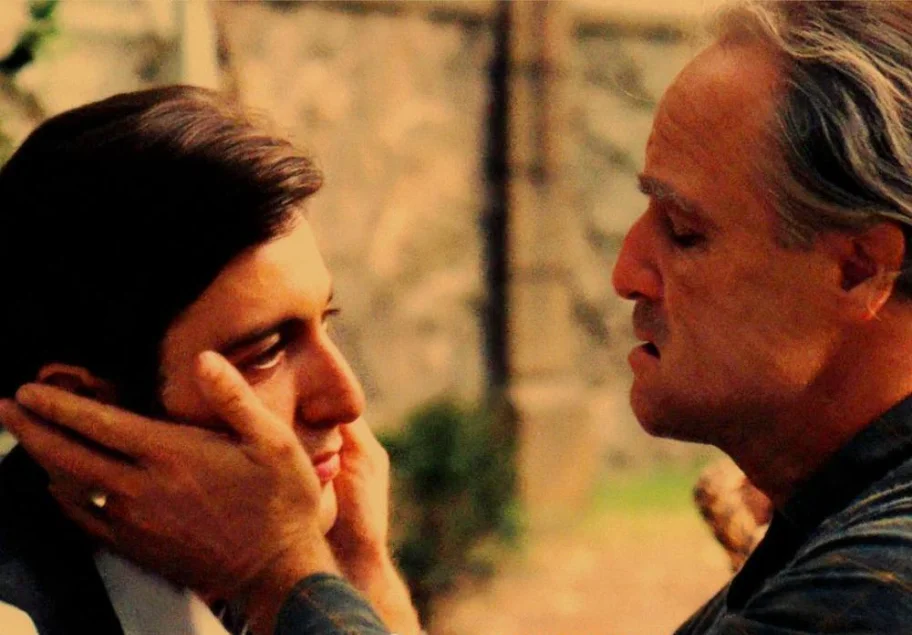
But unlike Michael, Salvatore did not become a second-generation godfather, and he was overthrown in a power struggle.
Eventually, both Salvatore and his father quit the Mafia, and he went on to work in Hollywood, writing Mafia biographies and turning his story into a movie, instead taking advantage of the situation.
The second half of Michael’s life is more similar to that of Charles Luciano, the famous Black Queen – the real godfather of the new generation.
He first betrayed and designed to kill his own boss – Michael killed the sheriff and Sollozzo, the excuse to go to the bathroom, from Luciano’s approach at the time.
Luciano then turned around and killed the faction that helped him, thus cleaning out the old generation of leaders and establishing a new order for the Mafia.
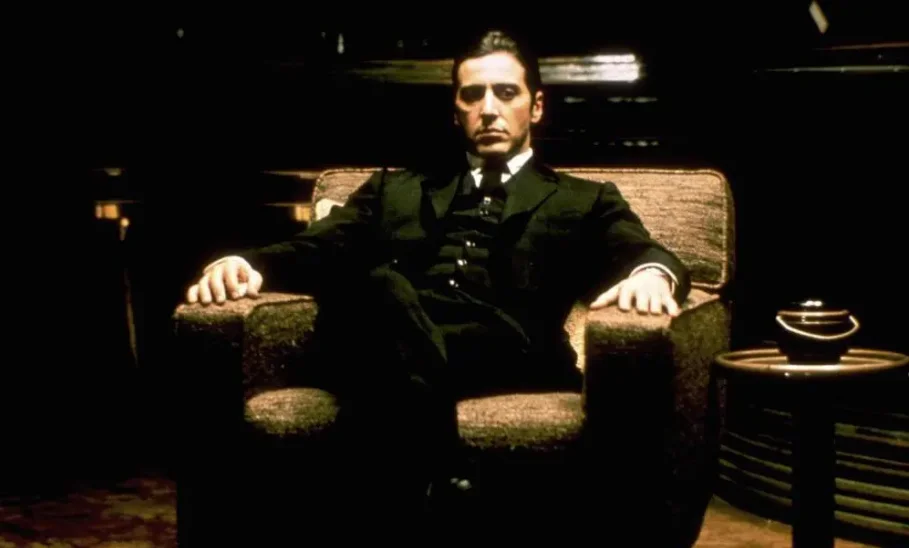
The surname Corleone comes from the Mafia’s non-fiction literature “Ndrangheta”.
The old Corleone house is based on the Kennedy family home, and the setting of Corleone’s three biological sons and one adopted son, and the roles played by the brothers in the family, are similar to Puzo’s favorite novel “The Brothers Karamazov”.
Michael’s second wife, Kay, is the story of an Italian writer friend of Puzo’s who is married to a famous American woman.
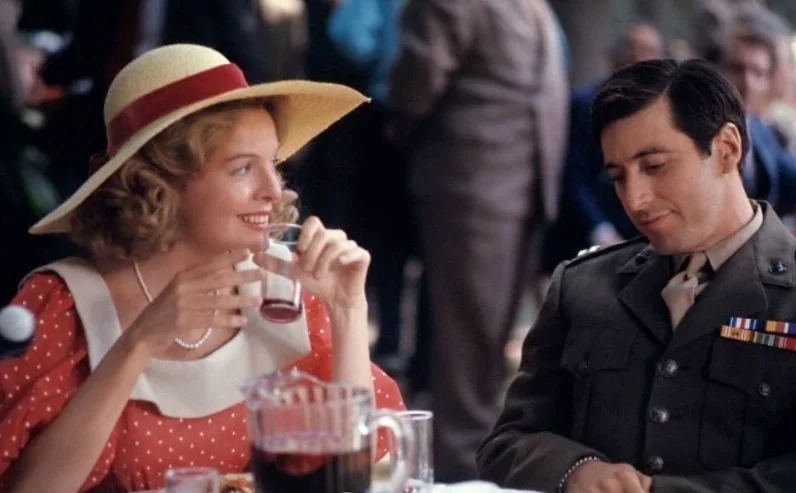
It took Puzo three years to conceive and write the story. During that time, the publisher, who supported him in installments, almost lost faith in him several times.
In fact, what Puzo finally gave the publisher was only a rough draft, and he wanted to change it afterwards according to the publisher’s comments, but to his surprise, the publisher offered him a record fee of $410,000.
Puzo was overjoyed, and although he knew the novel was still lacking, he didn’t change a single word.
When Coppola, then a newcomer, received the offer to direct “The Godfather,” he, like Puzo, was reluctant to do so because of the economic crisis.
At the time, he had poured his money into an independent film company with George Lucas, who was also just starting out, and was preparing to make “The Conversation” (which later made way for “The Godfather” and was only made in 1974), and wanted Marlon Brando to play the role, but was turned down.
Worse still, they were already broke and on the verge of bankruptcy. At this time, Paramount approached him – and one of the reasons he was chosen was because of his Italian descent.
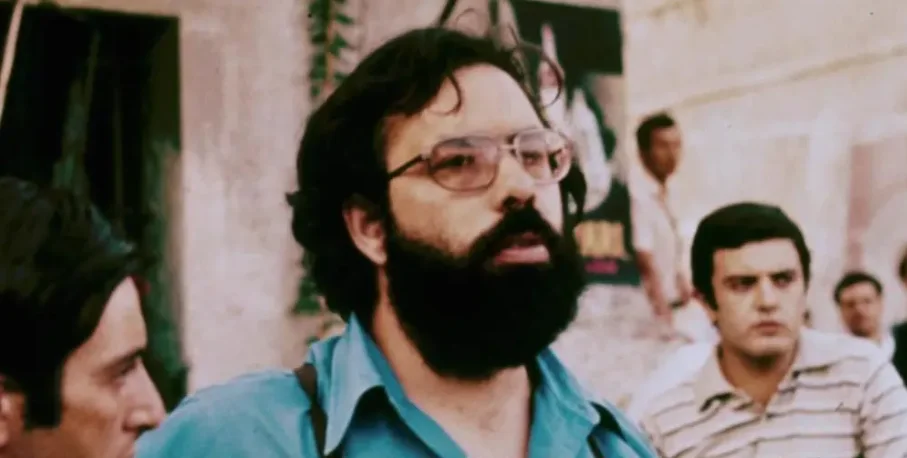
Coppola didn’t like “The Godfather” at all, finding it too crude and vulgar, but one of the things that struck him about the story was the Corleone family connection.
In Coppola’s eyes, this is the basis of a Shakespearean play. The ruler of a kingdom grows old and needs to choose an heir among his sons.
During this time of treachery and accidents – family and legacy – is the reason Coppola made “The Godfather” in the first place.
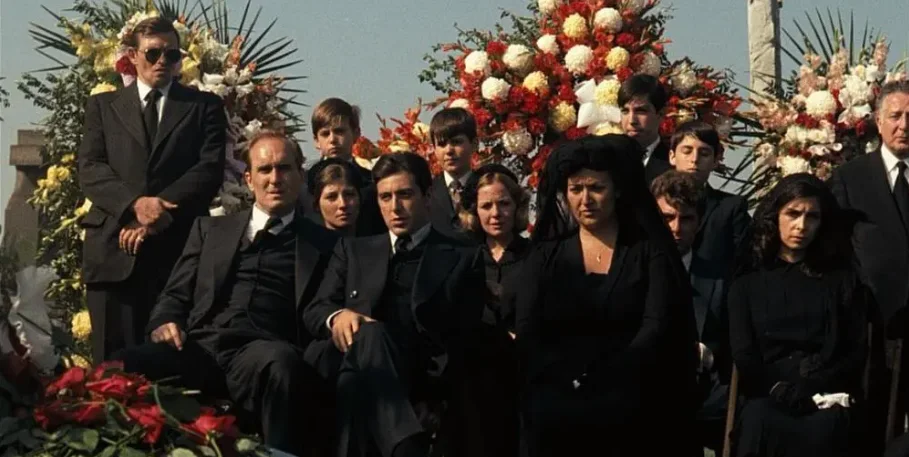
And “The Godfather” producer Paramount’s idea, Coppola also do not like.
Paramount initially wanted to make “The Godfather” as a low-budget gangster film costing about $2 million: no stars, no complicated plot, and set in the 1970s when hippies were prevalent, rather than the 1940s and 1950s, to save money on sets.
The original author, Puzo, had already adapted the 446-page novel into a 150-page script at Paramount’s request, but Coppola read it and disliked it as much as he did the novel.
According to the script, “The Godfather” will only be made into an assembly line gangster film.
Although he agreed to direct because he was poor, Coppola’s ambition was still there. He was so determined to make a personal film that he poured all his ambition into “The Godfather.
He wrote a detailed outline for Puzo and worked with him to revise the script. In fact, Puzo also did not like the novel for the “flow” of the sexual description of the hunt.
What he really wanted to show was the story of “how power is manipulated by powerful people through extremely subtle means”, which coincided with Coppola.
So when the two men revised it, the most important job was to cut out all the mundane side stories and focus only on Corleone and his children.
Puzo once said, “The Godfather is in the top 20, my novel is not.”
The film is faithful to the original, but focuses more on the change of a family dynasty, both as a power story and as a family history.
It has few differences from the original, but it is these subtle differences that make “The Godfather” from a good-looking popular novel to a monumental masterpiece in film history.
For example, the scene in the novel where Woltz is threatened by a horse’s head, it is indeed partly derived from the Sicilian Mafia folklore.
Only in Sicily, if the protection money is not paid, the mafia will nail the head of the other party’s dog on its door as a warning.
Coppola actually did not like this horrific scene, but this paragraph is too famous.
The crew started with a stuffed horse head that looked too fake, and eventually sourced a real horse head from a pet food slaughterhouse.
In the original, the horse’s head was hanging on Woltz’s bedpost, the movie is Woltz woke up to find blood everywhere, making the audience think his leg was cut off by Corleone.
And the single lift, only to see a bloody horse’s head, that is from Woltz’s beloved horse worth $ 600,000.
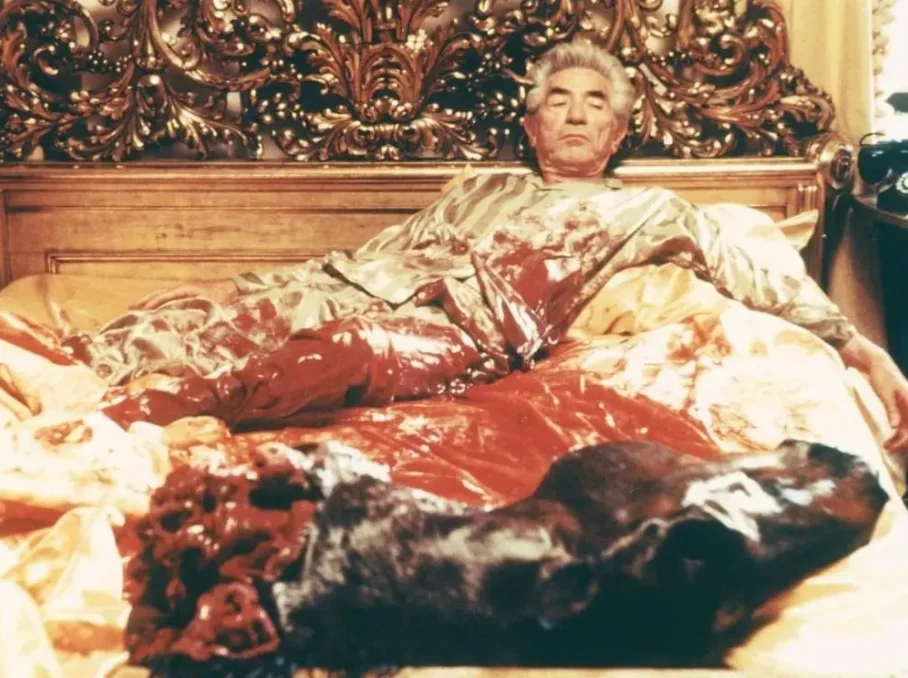
Puzo read this paragraph in the script, could not help but annotate next to: ” Francis, you scoundrel, change too clever!
The novel tends to shape the fate of the second-generation godfather Michael as the reincarnation of the old godfather: it is fate that chooses him, and he has no way to escape.
But in the movie, what Michael cannot resist is not only the reincarnation in his destiny, but also the disintegration of family values that the old godfather did not face.
The movie ends abruptly when Kay, his wife, sees people treating Michael with respect through the half-hidden door and realizes that her husband has killed all his betrayers and enemies, and that his hands are covered with blood.
The novel actually has a scene where Kay leaves home and returns, showing that she has really become an Italian wife.
Coppola originally filmed the scene, but when he saw the door close between Kay and Michael, he realized that this was the end.
Just by deleting a small tail of the original, the moral of the film and the novel are completely different.
The movie uses “family” as the division between the fathers’ and sons’ fates, and as the last line of defense for the godfathers against alienation by power.
However, the old godfather died peacefully while enjoying his family’s happiness, and Michael, who seemed to have inherited the family’s legacy, ended up alone, with his family falling apart. He died with only a dog by his side – Coppola’s plan for Michael is a deeper tragedy.
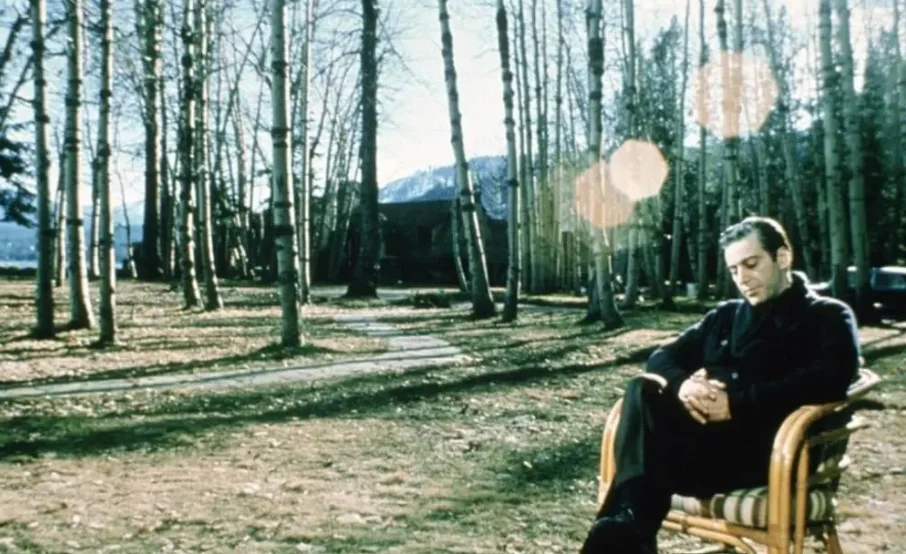
When Coppola made “The Godfather,” the most important reference was not the script, but a homemade flipchart in which the “The Godfather” novel was disassembled and embedded in a notebook, filled with his notes and background information, and even a lot of words to cheer himself up.
For example, “This is a tough one! Think carefully (how to handle it), be prepared, Francis!”
And that seriousness gave Paramount a headache. In the next casting, shooting, editing and other aspects, Coppola is giving Paramount problems.
For example, insisted on the setting in the novel’s era, and to go to New York local shooting, etc.. In the end, the film’s investment reached $6 million, three times higher than originally planned.
For the role of the old Godfather, previously rejected his Brando has been one of Coppola’s best candidates. In fact, this is also the original author Puzo’s favorite candidate.
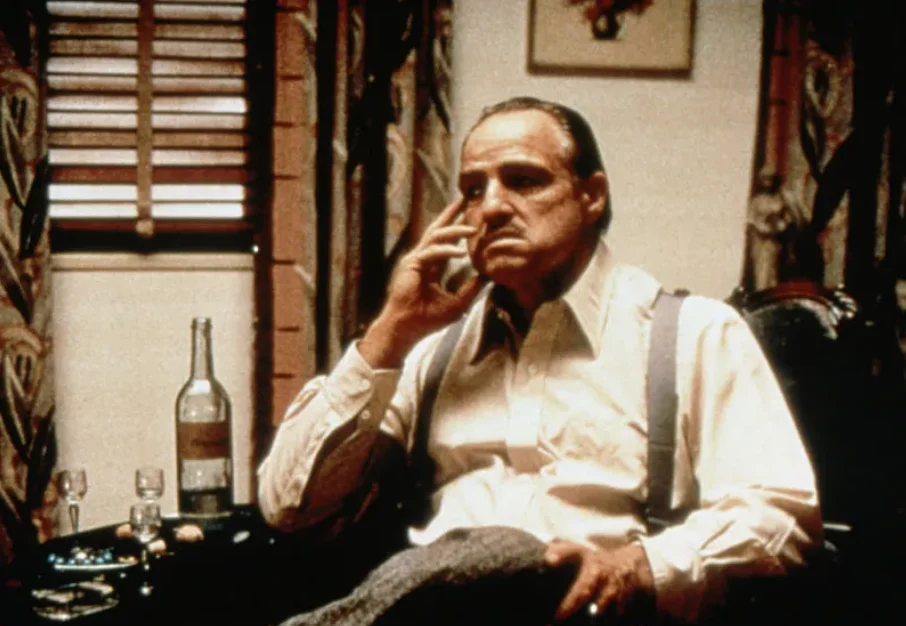
Before shooting “The Godfather”, Brando received a book from the original author Puzo, which included a note that he thought Brando was the only actor who could play the Godfather himself, which encouraged Brando.
When he learned that Laurence Olivier might play The Godfather, he was even more motivated and prepared.
At the time, Brando was in debt, addicted to sleeping pills, about to get divorced for the third time, and already a bit over the hill, and notoriously difficult to work with. What’s more, he didn’t look Italian, so he wasn’t recognized by Paramount.
In order to get the studio to agree to use Brando, Coppola even resorted to lying on the floor to play the game, before Paramount finally relented, but offered three conditions: first, Brando’s salary needed to be so low as to be equivalent to nothing – Brando ended up with only $300,000, no dividends; second, if Second, if you get into trouble, you have to pay a fine; Third, you must audition.
On the day of the audition, Coppola didn’t tell Brando the truth, but just said to do some improvisation. That day, he arrived at Brando’s house at 7 a.m. with his camera, and Brando, who rarely woke up before noon, got up early.
He came out of the bedroom with his blond hair in a ponytail, tasted the ricotta Coppola had brought, then grabbed black shoe polish and painted his hair black, put a mustache on his lips, wrinkled his collar and stuffed a tissue into his mouth to give himself a “bulldog look.
Coppola took the performance straight to the highest levels of Paramount, and conquered the latter.
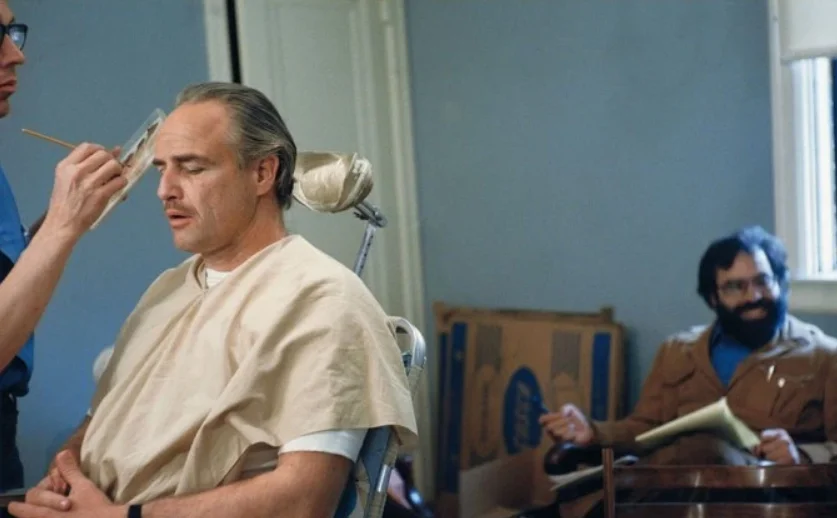
Pacino, who was just starting out, was not on Paramount’s list, but Paramount was impressed when they saw an inside clip of Pacino’s then-unreleased “The Panic in Needle Park”.
Paramount also used some mob connections to get Pacino to resign from another film he had already taken on at the time, “The Gang That Couldn’t Shoot Straight”. The film was later starred by Robert De Niro, who played a younger version of the Godfather and was not well known at the time.
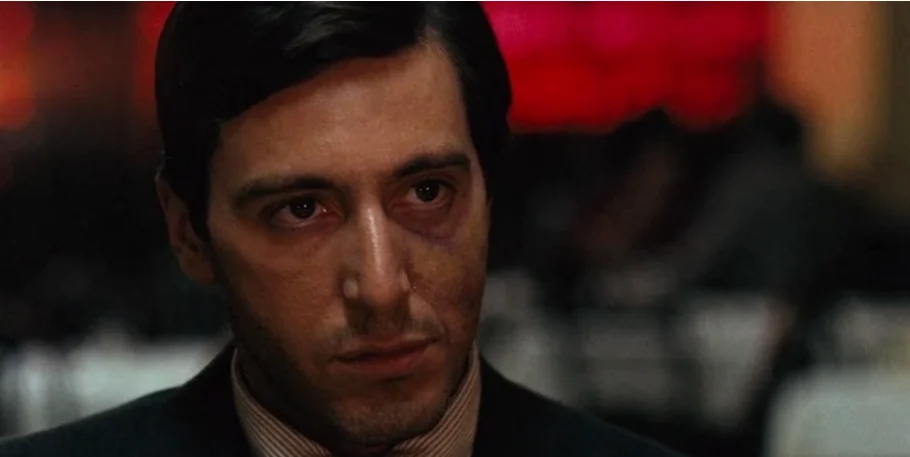
Coppola later revealed that Paramount spent months auditioning and $300,000, but ultimately used the same actors he had originally chosen.
In the end, these great actors also contributed great performances, especially Brando, many of his improvised performances have become classics.
The old godfather’s pet cat, for example, was one of the many cats kept at the production company. During the shoot, Brando casually picked it up and made a timeless scene: it suggested that Vito Corleone’s character was a gentleman who hid his sharp claws like a cat.、
Interestingly, the cat’s purr was so loud that it often overshadowed Brando’s lines, so much so that he had to make up the voice for the scenes with the cat in them.
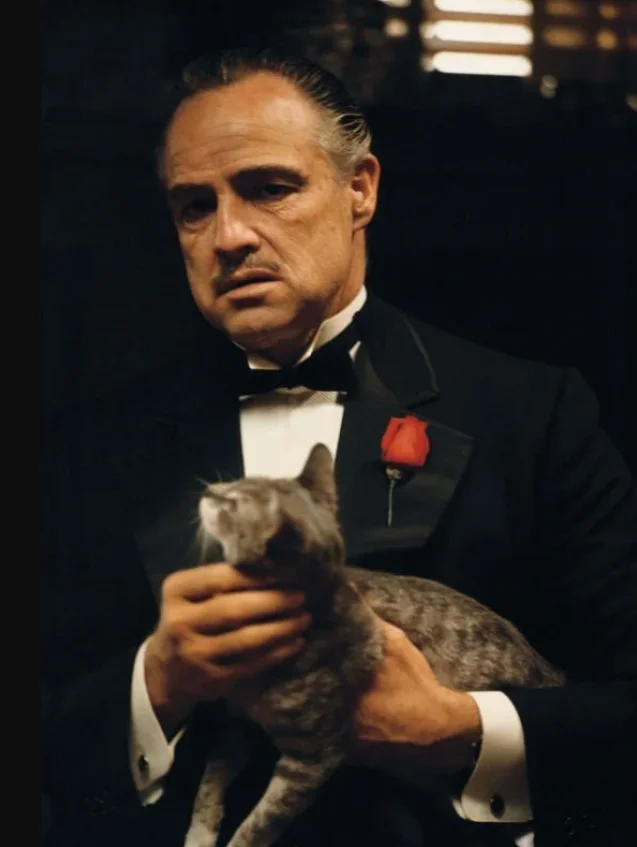
The old godfather slapped his godson Johnny Fontane is also Brando live play, he wanted to grab each other’s hair, but the actor playing Fontane wore a wig.
The more classic scene of the death of the old godfather, almost did not shoot – in the script is not at all. Paramount would have liked to save budget and use the funeral to directly explain the end of the old godfather.
But Coppola suddenly wanted to shoot the scene, it was almost lunchtime, according to the rules, if the crew does not break soon, Paramount will face a huge late meal ticket.
And the young actor did not cooperate, thanks to Brando temporary idea to use orange peel made of teeth to scare the children’s ideas.
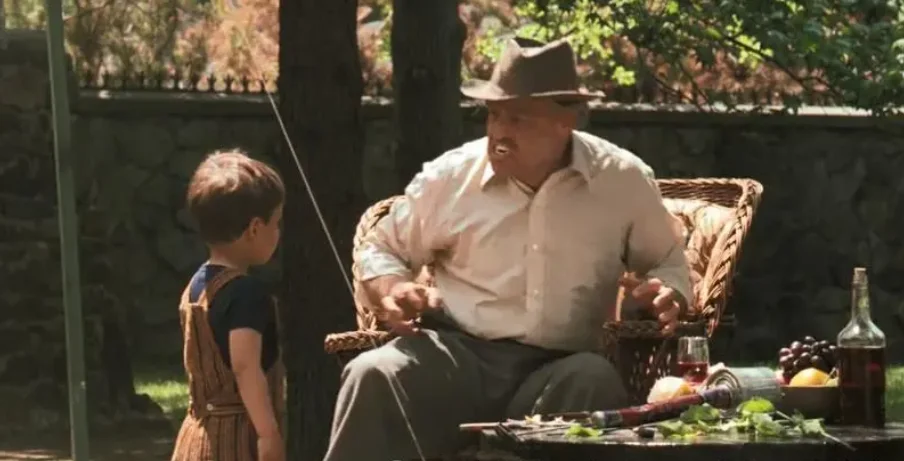
After the birth of “The Godfather” series, the impact was far-reaching, and changed the lives of many participants: Brando again acting God, Pacino and a new generation of acting school began to rise. Of course, the most direct beneficiary is the original author Puzo.
The original book became a bestseller and profitable, not only out of debt, but also among the ranks of the rich Puzo, with “The Godfather” “The Godfather: Part Ⅱ” won two Oscars for best adapted screenplay.
He then went into the movie business, writing the screenplay for 1978’s “Superman” and the subsequent “Superman II”.
Puzo wrote a sequel to “The Godfather” that Coppola barely included in the film sequel.
It is worth noting that “The Godfather: Part II” also gave the future super blockbuster, wading out a hot IP + sequel to the road to profit.
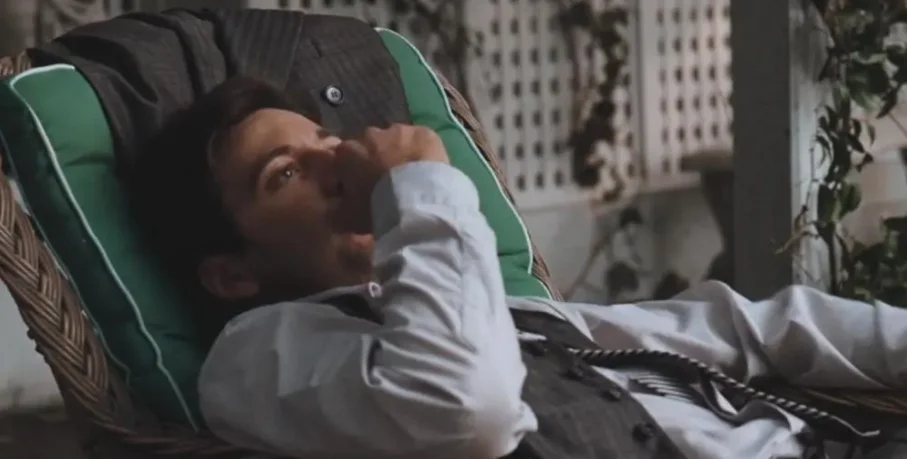
As for Coppola, although he only got $175,000 and 6% of the box office share in the first film according to the agreement with Paramount beforehand, but this is among the first-tier directors.
During the shooting of “The Godfather”, Coppola had been complaining about the RV that transported him, so he made a bet with Paramount executives that if the film’s box office exceeded $50 million, they would have to buy them a new car.
Seeing the growth of “The Godfather” at the box office, Coppola and George Lucas also went to the dealership and bought a Mercedes-Benz stretch limousine and had the salesman send the bill directly to Paramount – the car later appeared in the opening scene of Lucas’ film “American Graffiti”.
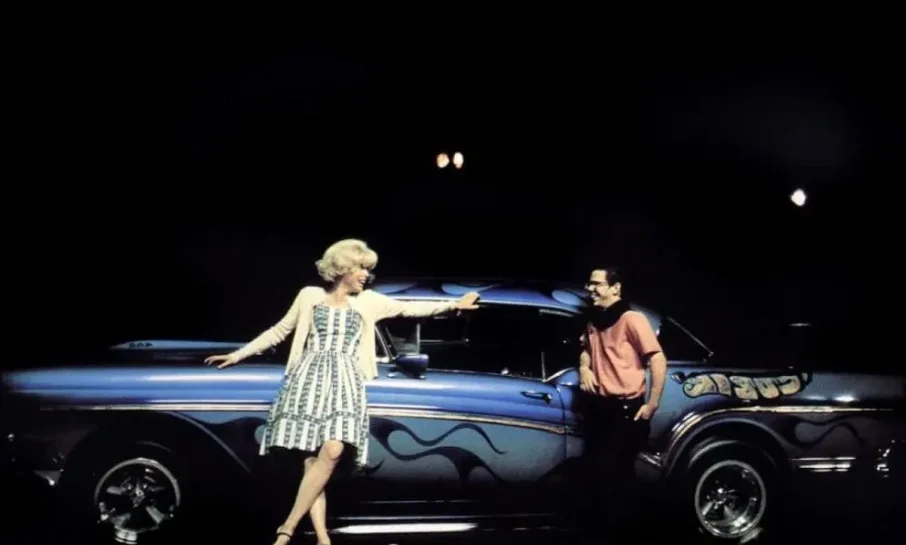
After the “The Godfather” series was born, the real gangsters would quote lines from the movie to add to their image – such as “I’m gonna make him an offer he can’t refuse “.
Related Post: The gangster story behind The Godfather trilogy.


